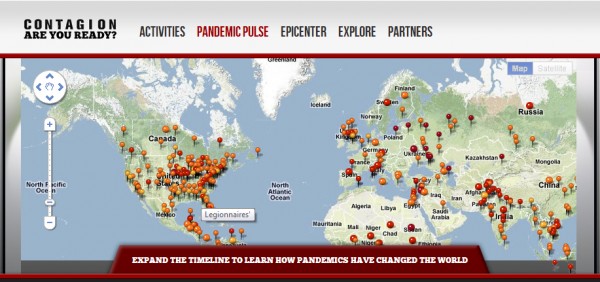Public health is defined as the science of protecting, improving, and promoting health through the organized efforts and informed choices of societies, organizations, public and private, communities, and individuals. In one of our most recent white papers, The HIT Trifecta, we highlighted the most important component of managing public health: data.
This was done by outlining, of all things, the London cholera outbreak of 1854. We wrote:
Cholera was responsible for the death of tens of millions of individuals in the 19th century. By 1854 the cholera epidemic, believed to be related to polluted air, was taking lives in London, England. Physician John Snow did not believe that dirty air was the cause of the disease and began conducting his own research. By speaking with local residents, he determined that nearly all deaths had taken place within a short distance of a specific water pump or pumps that received water from the specific pump. By mapping the home location of each cholera related death on a city infrastructure map, Snow determined that sewage-polluted water, not polluted air, was responsible for the disease and deaths. Snow’s findings saved millions of lives and resulted in the implementation of sanitation practices, clean water legislation and life-saving vaccines.
Today, mortality rates for individuals with cholera are less than 1%. In healthcare, good data and exhaustive data are synonymous. The need to capture more data goes beyond compliance and reimbursements. Ultimately, capturing additional data points changes the way healthcare is administered by connecting the dots between direct and indirect inputs.
The science of public health has come a long way since 1854. However, it still takes precious time and resources to manage the health of a planet inhabited by 7 billion people. This is an interconnected planet, and as shown in the recent movie Contagion, public health crisis known no barriers and time does matter. (If you haven’t checked it out, then see the Pandemic Pulse shown in the picture above, which outlines public health data. It looks like, among many others, there is an outbreak of Legionnaires’ in Florida)
So, how does one harvest this meaningful data quickly when time is of the essence? At last month’s Connected Health Symposium in Boston, experts demonstrated why online and social media sources are seen as imperative to public health. This is because:
- “epatient” populations are on the rise. Online is often a first source of health information, and patients often turn to their own network for help and comfort during illness.
- 80% of physicians use social media channels to create, consume, and share medical content. Many physicians actively use the Ozmosis/Veratect public health alert system.
- Public health officials can receive data about disease disclosure through online patient communities faster than they can receive that same data through a claims database.
“Like Things Tend to Cluster”
One of the breakthrough lessons I received in my life was from Dr. Greg Smith, my graduate data mining professor at Xavier University. He explained that “like things tend to cluster”. This makes social media a great way to find the useful data needed to uncover a public health crisis.
Social media technology enables two-way communication. As such, experts are turning to social media outlets like Facebook and Twitter to not only communicate with the public about disease outbreaks and health issues but to also gather necessary data to discover outbreaks at their source. Social media can also be used to recruit medical volunteers to a location and align response efforts once on the ground. However, to make this all work, public health officials need to be given access to social media data, and this is often an issue.
So what are your thoughts of mapping public health using social media data?

